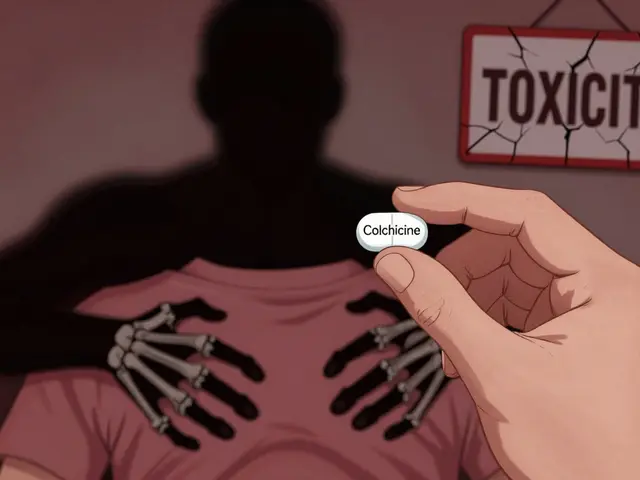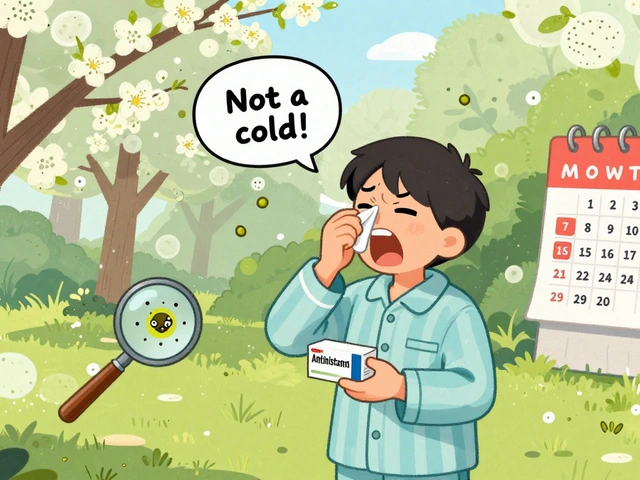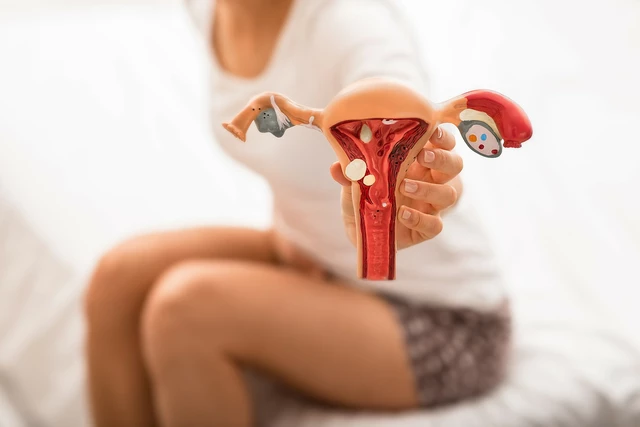Chronic Headaches: What’s Behind the Pain and How to Find Relief
If your head feels like a drum that won’t stop beating, you’re not alone. Millions deal with headaches that last weeks or even months, and most of them can be managed without endless doctor trips. Below we break down the common culprits, everyday tricks that actually work, and the red flags that mean it’s time to get medical help.
Why Do Headaches Stick Around?
First off, chronic doesn’t automatically mean something scary is brewing. Often it’s a mix of lifestyle habits and underlying conditions:
- Tension and posture. Sitting hunched at a desk or sleeping on an odd pillow can tighten the neck muscles that pull on head nerves.
- Dehydration. Skipping water for a day is enough to trigger throbbing pain, especially if you also consume caffeine or alcohol.
- Hormonal swings. Women often notice patterns linked to their menstrual cycle, pregnancy, or menopause.
- Migraines. Even if they start as occasional flashes, migraines can evolve into a chronic pattern when triggers pile up.
- Medication overuse. Taking pain pills too often can backfire and keep the headache cycle going.
Identifying which of these fits your life is the first step toward breaking the loop.
Everyday Strategies That Actually Cut the Pain
Here are quick, low‑cost moves you can try right now:
- Hydrate smartly. Aim for at least eight glasses of water a day. If coffee is your go‑to, balance each cup with a glass of plain water.
- Reset your posture. Set a timer every hour to stand, stretch, and roll your shoulders back. A simple neck stretch—tilt ear toward shoulder, hold 15 seconds each side—helps release tension.
- Screen break. The 20‑20‑20 rule (every 20 minutes look at something 20 feet away for 20 seconds) reduces eye strain that often fuels headaches.
- Regular meals. Skipping breakfast can cause low blood sugar, a common trigger. Keep protein and whole grains on hand for steady energy.
- Cold or warm compress. A cold pack on the forehead eases migraine throbbing; a warm towel at the back of neck soothes tension headaches.
If you’ve tried these and still feel stuck, consider tracking your triggers in a simple notebook. Write down what you ate, stress levels, sleep quality, and any meds you took. Patterns pop up faster than you think.
When home hacks aren’t enough, it’s wise to talk to a healthcare professional. Look for these warning signs:
- Headaches that wake you up at night or get worse over time.
- Pain after a head injury, even if it seemed minor.
- Sudden vision changes, weakness, or numbness.
- Frequent use of painkillers (more than three days a week).
A doctor can check for sinus issues, high blood pressure, or neurological conditions and may suggest prescription meds, physical therapy, or preventive treatments like Botox injections for chronic migraines.
Bottom line: chronic headaches are often manageable with smarter hydration, posture tweaks, and trigger tracking. Keep an eye on red‑flag symptoms, and don’t hesitate to get professional input when needed. With the right mix of lifestyle changes and medical guidance, you can dial down that relentless pounding and get back to feeling like yourself again.










